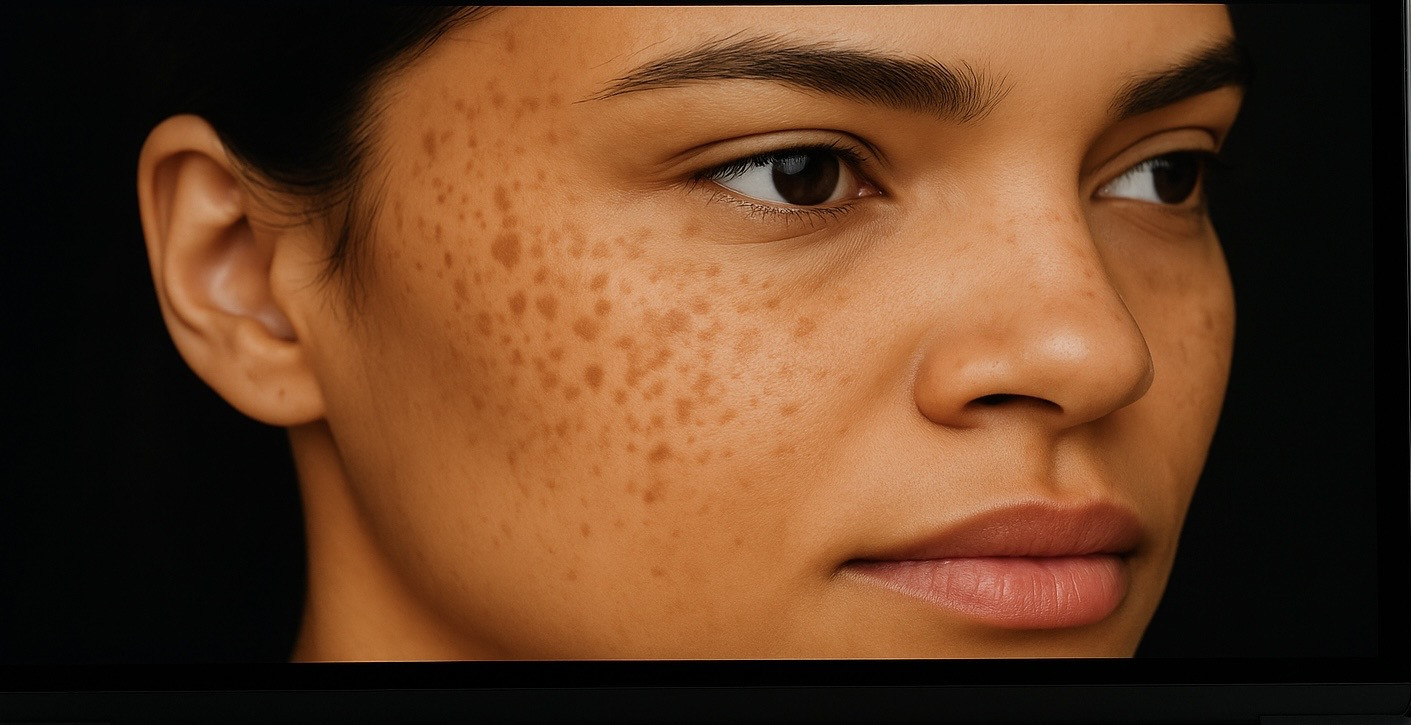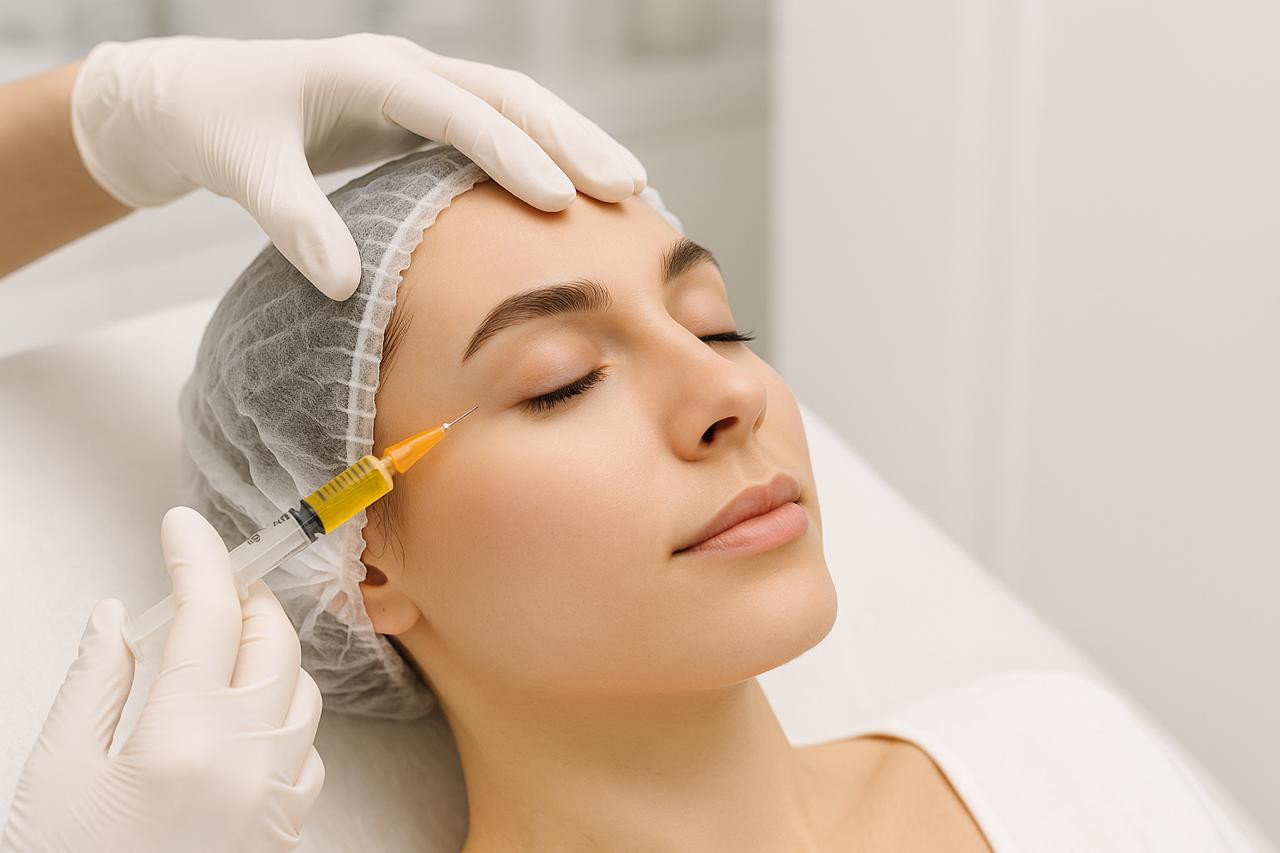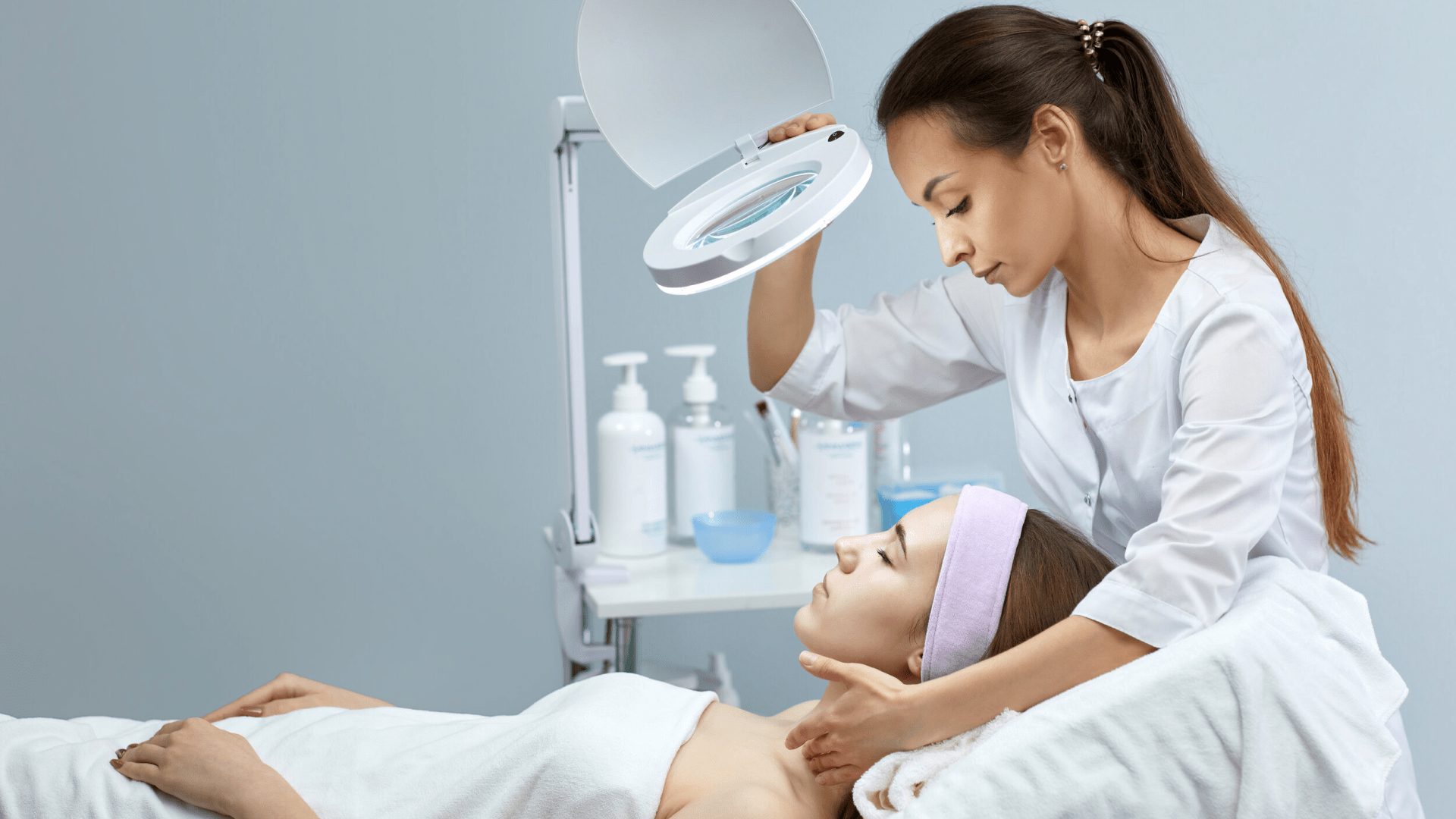The New Face of Skin Care: Navigating the Boom of Non-Dermatologists
Walk into a clinic today, and the person holding the syringe or laser might not be a board-certified dermatologist. They could be a nurse, a dentist, or a GP doctor OR family medicine doctor or a doctor from a completely different field. This influx is changing the game for consumers—with concerning results.
Why is This Happening?
Simply put: high demand and high profits. The public's desire for cosmetic procedures (like Botox, fillers, and lasers) and quick access for medical skin issues has exploded. There are not enough dermatologists to meet this demand, creating a lucrative opportunity for others to fill the gap.
Who Are These Providers?
· Medical Aestheticians, Nurse Practitioners (NPs), Physician Assistants (PAs): Often the front line in clinics.
· Other Physicians: Dentists, gynecologists, and even family doctors are adding aesthetic services.
· Corporate-Owned Clinics: Often prioritize volume, staffing with non-dermatologists under minimal supervision.
Impact on the General Public: The Good vs. The Bad
The Positive Impact (The "Pros")
1. Increased Access & Shorter Waits: It’s easier and faster to get an appointment for a laser treatment
2. Often Lower Costs: Procedures can be less expensive when performed by non-dermatologists and plastic surgeons .
3. Convenience: Aesthetic services are now available in shopping malls and family doctor offices.
The Negative Impact (The "Cons")
1. Variable Expertise & Training: A weekend course on fillers is not equivalent to a dermatologist’s 12+ years of medical training. This can lead to poor outcomes.
2. Misdiagnosis of Serious Conditions: A suspicious mole might be misdiagnosed as "nothing" by a less-experienced provider, delaying crucial skin cancer treatment.
3. Higher Risk of Complications: In aesthetics, poor technique can lead to botched results, nerve damage, skin necrosis, and vascular occlusions (which can cause blindness).
4. Blurred Lines Between Medicine and Commerce: The focus can shift from health to sales, leading to aggressive upselling of unnecessary procedures.
How to Be a Smart Consumer: Your Action Plan
Your health and safety are paramount. Be proactive:
1. Ask, "Who Is Performing My Procedure?" Don't assume it's a dermatologist. Get the provider’s full name and credentials.
2. Verify Their Credentials: Look them up online. Are they a board-certified dermatologist or a doctor from another field? What is their specific training in the procedure you want?
3. Ask About Supervision: In a clinic with NPs/PAs, ask, "Is a board-certified dermatologist on-site and directly supervising treatments?"
4. Trust Your Gut for Medical Issues: For a changing mole, persistent rash, or any medical concern, insist on seeing a dermatologist.
5. Beware of "Too-Good-to-Be-True" Pricing: Deep discounts can be a red flag for inexperienced practitioners or cut-rate products.
The Bottom Line
The democratization of aesthetics and skin care has benefits, making services more accessible. However, it has also created a "wild west" environment where the level of expertise varies dramatically.
As a consumer, the responsibility is on you to do your homework. Your skin’s health and your safety are worth the extra effort to ensure you are in the right hands.




